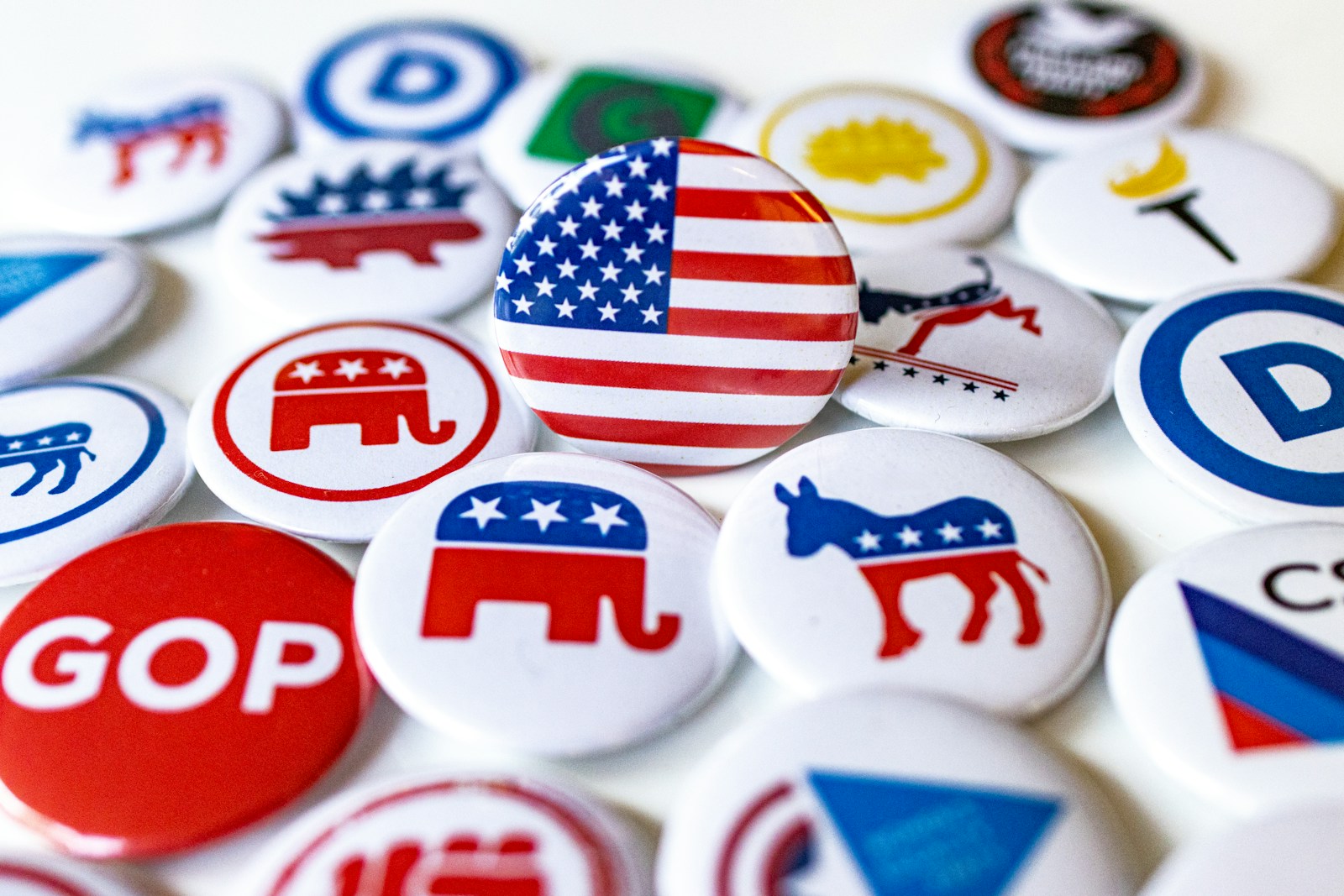Key Takeaways
• Proposition 50 would pause California’s redistricting commission to redraw five seats.
• Governor Newsom’s supporters have spent $43 million on ads, outpacing Republicans by $16 million.
• Many GOP insiders now fear Proposition 50 will pass and shift power to Democrats.
• Similar map fights in Missouri and Utah show national tensions over gerrymandering.
Why Proposition 50 Matters in California
Background
California redraws its congressional lines every ten years through an independent commission. However, when Texas Republicans forced a map fight, Governor Gavin Newsom pushed for Proposition 50. If voters approve it next month, the commission would take a break and a new map would aim to unseat five Republican lawmakers. Supporters say this levels the playing field after mid-decade gerrymanders elsewhere made Democratic seats easier targets.
Campaign Spending Levels
Governor Newsom’s pro-Proposition 50 group leads the ad war. They have poured nearly $43 million into TV, radio, digital, and streaming ads. By contrast, two major GOP efforts—one by megadonor Charles Munger Jr. and the other by former Speaker Kevin McCarthy—have combined to spend $27 million. As a result, Newsom’s side enjoys a $16 million advantage. This gap grows every day and makes it harder for Republicans to get their message out.
Republican Concerns
Privately, many Republicans admit they are losing ground. They worry the spending gap will push Proposition 50 over the finish line. Moreover, Democrats have nationalized the race with ads featuring former President Donald Trump. These national ads are resonating with swing voters who might not follow local issues closely. On the other hand, GOP donors expected a big push from McCarthy. He vowed to raise $100 million for this fight but has so far spent only $7 million on ads. That shortfall has frustrated many party leaders who see the redistricting battle as crucial for future elections.
Why Proposition 50 Appeals to Voters
First, supporters argue Proposition 50 corrects an unfair advantage. They point out that mid-decade gerrymanders in other states targeted Democratic districts. Therefore, they believe California should have the same power to redraw maps in response. Second, ads highlight stories of voters who feel their representation was diluted elsewhere. These ads use clear language and emotional appeals to draw support. Finally, polling shows that many Californians trust the governor more than legislative bodies. As a result, a ballot measure backed by Newsom carries weight in an otherwise low-information race.
National Impact and State Examples
The fight over Proposition 50 is not happening in isolation. Across the country, Republicans have pushed new maps to favor their candidates. In Missouri, lawmakers carved up Kansas City to weaken Democrats. Yet citizens there are gathering signatures to force a referendum that could overturn the map. Meanwhile, in Utah, a federal judge tossed out the state’s congressional gerrymander. That decision might give Democrats a shot at a newly redrawn district. These events show that gerrymandering fights are spreading nationwide, and outcomes in one state can influence battles in another.
What Happens Next
With early voting already underway, time is short for both sides. Newsom’s allies will keep airing ads to sway undecided voters. At the same time, Republicans will try to highlight the potential chaos of pausing the commission. They argue it sets a bad precedent and wastes taxpayer money. However, most local media coverage has focused on the spending gap and national connections to Trump. This narrative seems to favor supporters of Proposition 50 who want to frame the vote as a bigger fight about democracy.
Possible Scenarios
If Proposition 50 passes, California’s redistricting commission will pause its current work. The legislature would submit a new map aiming to flip five Republican seats. That outcome could boost Democrats in Congress and alter the state’s political balance. On the other hand, if voters reject Proposition 50, the independent commission stays in charge. It would finish its ten-year work and likely draw more balanced districts. Either result will send a clear signal to other states considering similar measures.
Implications for Future Races
A win for Proposition 50 could embolden governors and legislatures nationwide to use ballot measures for mid-decade redraws. Lawmakers in both parties will watch how this strategy plays out in California. Conversely, a defeat might discourage such moves and strengthen independent commissions everywhere. Consequently, the national debate over fair maps could shift based on California’s choice. Furthermore, donors will reassess where to invest in map battles leading up to the 2024 and 2026 elections.
Conclusion
The battle over Proposition 50 is heating up as money pours in and voters tune in. On one side, Governor Newsom’s team claims they are fixing an unfair game. On the other, Republicans warn of power grabs and rule changes. With nearly $70 million at stake, this fight shows how high the price can be for redrawing lines. As Election Day nears, Californians will decide whether to pause the commission and redraw five seats. Their choice may reshape not only California politics but redistricting fights across the country.
FAQs
What exactly does Proposition 50 do?
It pauses California’s independent redistricting commission and lets the legislature pass a new map aimed at flipping five Republican-held seats.
Why is there so much spending on this measure?
Supporters and opponents see this vote as key to controlling California’s congressional delegation. Both sides are pouring in millions to sway undecided voters.
How did national politics get involved?
Democrats used ads featuring Donald Trump to nationalize the race, while Republicans hoped former Speaker McCarthy would deliver big funding. Both tactics tie the vote to broader party battles.
Could this model spread to other states?
Yes. If Proposition 50 passes or fails, it will serve as a test case. Lawmakers in other states will watch closely before trying similar mid-decade redraws.

